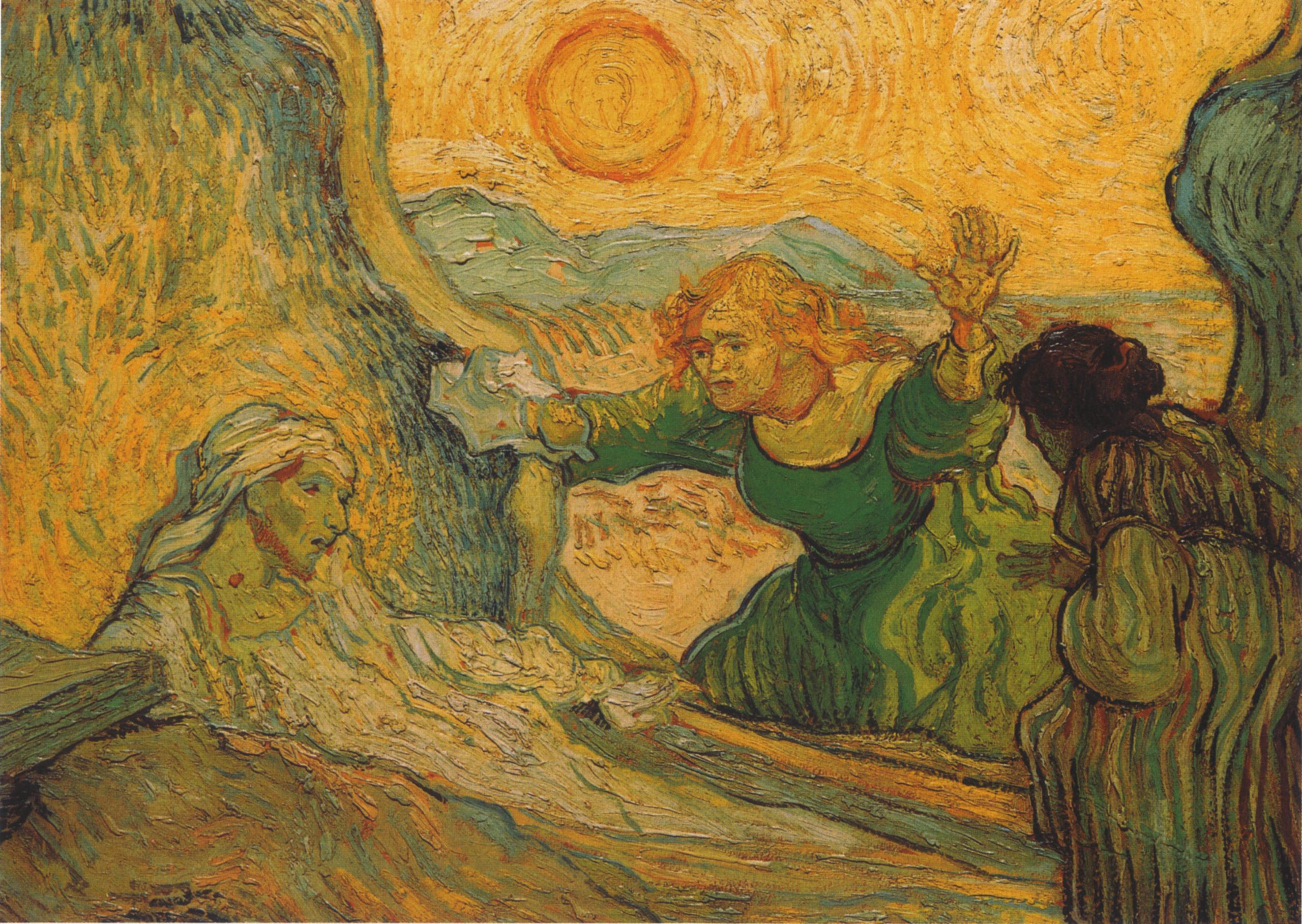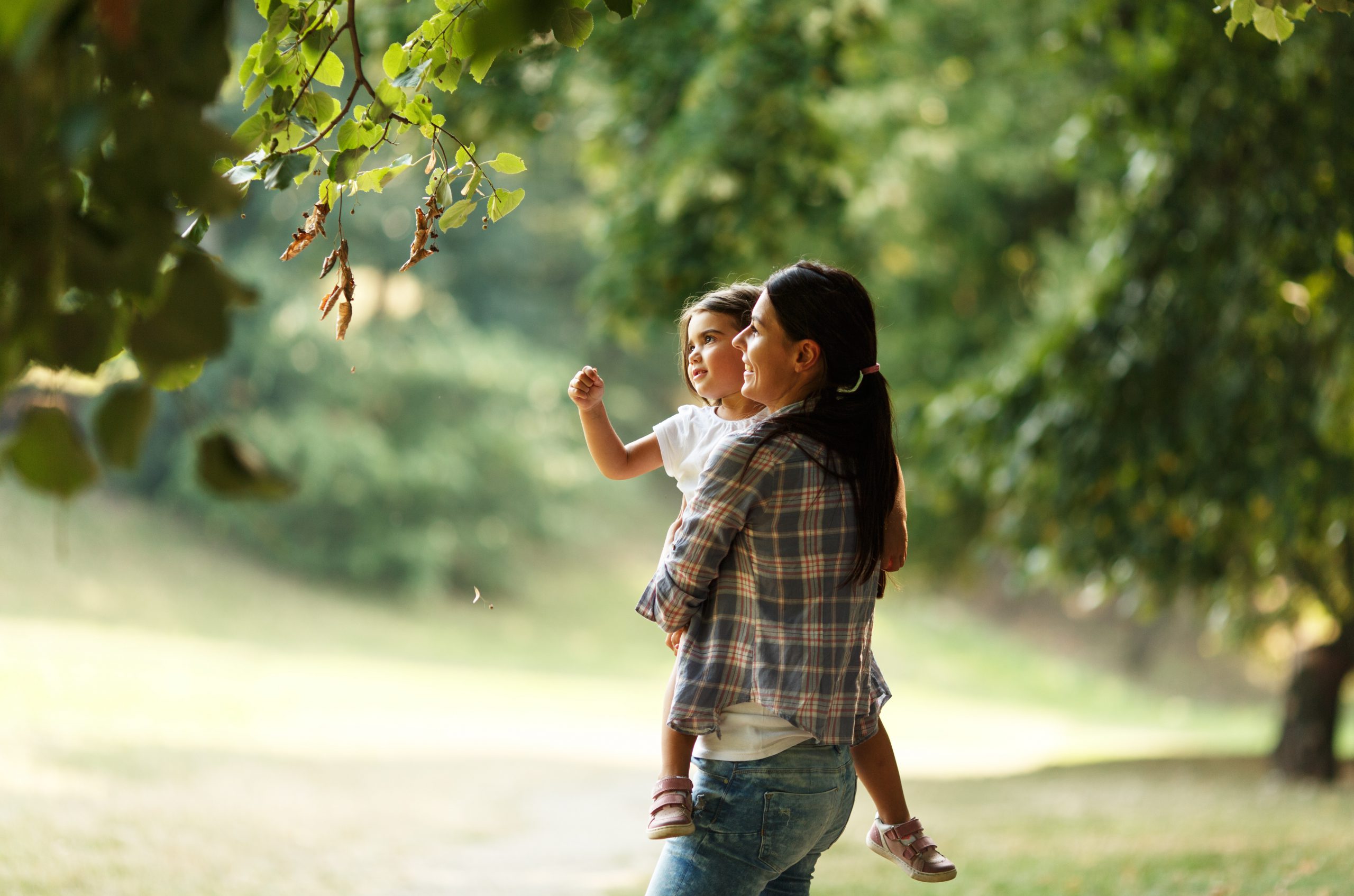
What is it about the sound of wind? It can be undeniably relaxing, a common setting on white noise machines. But there’s something slightly menacing about it as well. Something coming. Something moving. A storm on the horizon. A pathogen traveling through the air.
The sound of wind rustling the grass and leaves is almost a character in “Family Portrait,” adding to a rising tension in this unique, confidently made film that very purposefully plays more like a dream than realism. Set in the days just before COVID, it’s a foreboding film, a drama that recreates the sense that something bad is going to happen or may have happened already, and the common practice of a frozen shot of a happy family doesn’t capture what’s happening around that single second of forced smiling. That might make “Family Portrait” sound like a melodrama as hundreds of filmmakers have used events like the one Kerr does here to unpack the fragile bonds between blood relatives and those who marry their way onto family trees. But this is not exactly that movie. This is a relatively happy family. Like so many were in early 2020.
Kerr’s opening shot is one of the best cinematic overtures of the year. In silence, we watch a group of seemingly well-off people moving through a field, images that recall a family gathering. It’s almost as if the camera can’t figure out who it should settle on, giving us the POV of a participant in the event while also defining the film’s fluid visual language. A character walks into a moving frame that goes too fast for her to keep up or slides over to someone else, almost like the wind is moving it. Silent at first, the sounds of the event slowly filter in as the kids play and the adults talk over one another.
After that tone-setter, Kerr settles into a large family estate where relatives have gathered for an annual event: the taking of a photograph for the year’s holiday card. Most scenes unfold with a static camera, almost as if someone placed one in the room to eavesdrop on a conversation – although that shouldn’t be construed as a criticism of Kerr’s incredibly strong eye, one that can make even these frozen shots feel more than mundane.
Eventually, a protagonist emerges in the form of Katy (Deragh Campbell), who has brought her Polish boyfriend Olek (Chris Galust) home to take the family portrait. Tension seems to emerge from the fact that he’s not included in the shot and that no one seems to have the urgency needed to take it with enough time for Katy and Olek to make their flight out. Conversations circle back to some of the international tension with talk of the death of a family member and a fascinating one about a photograph that may not be what it seems – you know, like how family photos don’t tell the whole story too.
It becomes clear that the matriarch of this clan has inexplicably disappeared. They can’t take the photo until they find Mom, but only Katy seems overly concerned. Is it because of the flight she might miss, or is something stranger going on? An extended sequence in which Katy walks the grounds and swims leads to a companion shot to that opening montage in which, soaking wet, she moves through a space where she passes other family members. Again, Kerr’s camera isn’t locked on Katy in a traditional manner, enhancing a sense of displacement and confusion – two things that would define so much of 2020.
Even at 74 minutes, “Family Portrait” sometimes feels like it would have made a stronger 20-minute short film. It’s stuck in that space where a filmmaker has too many ideas for a short but not quite enough meat on the bones for a feature.
And yet, a mastery of tone here makes that criticism fade in memory—kind of like how we pick and choose what we remember from family gatherings. Snippets of discussions with interactions come to me when I think of annual Tallerico family reunions of my youth, and the photo that usually ended such events. If I close my eyes, I can almost hear the wind.




